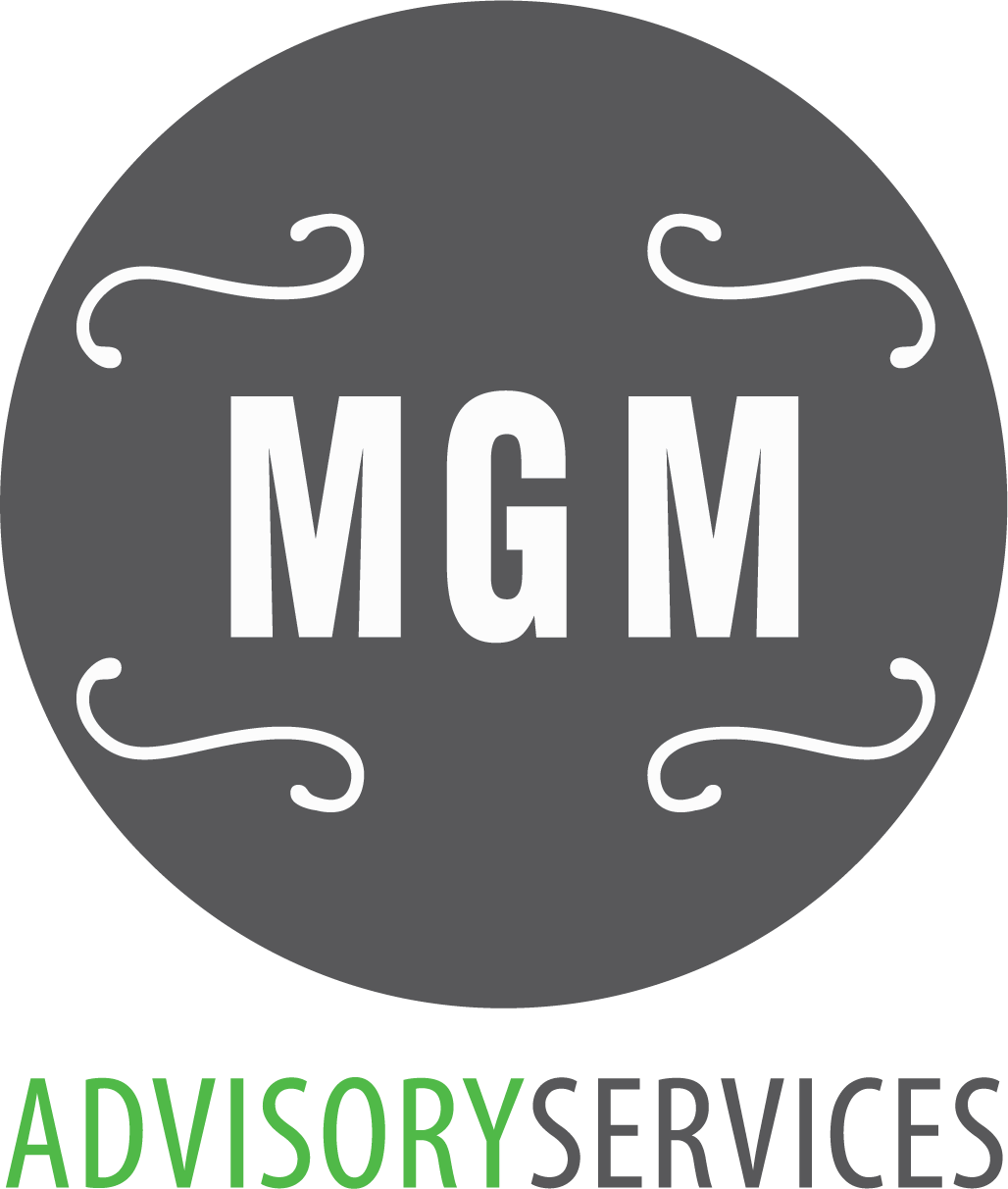Best Practices: Hiring During a Pandemic
It’s no secret that businesses large and small have been shaken by the COVID-19 global pandemic. Some have undergone layoffs and furloughs while others have been lucky enough to retain their employees and maintain a positive cash flow. Nevertheless, as businesses continue to re-open and the economy stabilizes, the need for hiring strong talent will resume. As the world around us is continually changing, so are best practices for interviewing and onboarding new hires.
Develop and streamline virtual interviews
In today’s climate companies are largely shifting towards virtual interviews.
Have interviewers familiarize themselves with the virtual platform of your company’s choosing such as Zoom, GoToMeeting, Skype, etc. before beginning interviews. Knowing the ins and outs of muting audio, establishing a strong internet connection, and turning the camera on and off is vital to the seamlessness of any conversation held virtually. Following this step, be sure that each interviewee has adequate information to log in and connect to a virtual meeting prior to the day of their interview.
Develop any internal stock materials pertinent to company culture
Pre-Covid, face to face interviews allowed for potential candidates to get a sense of company culture and office life. Being that office tours are now likely reserved for the top one or two candidates at the end of the interview process, consider developing a short virtual office tour to help the candidate visualize what their life at the office might look like in the future.
If your company has any additional content such as pictures or video from team building events, lunches, happy hours, or office birthdays, those may be helpful for potential new hires to visualize corporate ethos.
Follow up with candidates throughout the interview process
Due to high unemployment rates and uncertainty surrounding job security, it is important to update candidates at each step of the interview process. How you communicate with interviewees sets the tone for their opinion of company culture and how employees are treated.
Whether your company is experiencing a hiring freeze or delays in the interview processes being transparent and open here is key. Consider adding personal touches to communications with candidates and touch base with them frequently to provide status updates.
Consider pre-screening measures to prepare for a larger volume of applicants
With a surplus of candidates on the market it is possible that your inbox may be flooded with resumes and applications. To prepare for this event developing tools that filter candidates based on technical skill set, prior training, certifications, education, or other core competencies could slim down the candidate pool.
Such tools may include implementing a short series of questions at the beginning of the interview process, requiring candidates to undergo specific skills testing, completing a sample project, or present previous work materials where applicable.
Take precautions during the final stages of interviews (if applicable)
If bringing the top one or two candidates in to meet key team members or see the office is helpful, be sure to take precautions regarding an in-person visit. Measures such as social distancing, wearing a mask, wiping down surfaces with disinfectant, using hand sanitizer, and avoiding the traditional handshake will help all involved parties stay safe.
It is important to outline what safety measures will be taken prior to the face to face meeting to put the candidate at ease and to allow them to prepare. Remember, these are unprecedented times that require understanding and patience.
Ensure that work from home tools and devices are ready to go for new hires
After extending an offer and establishing a start date with your new hire, make sure that all their devices such as a computer, tablet, or monitor are available and are ready to be set up. Allow adequate time for new users to gain network access if necessary and be prepared for virtual internal systems training.

